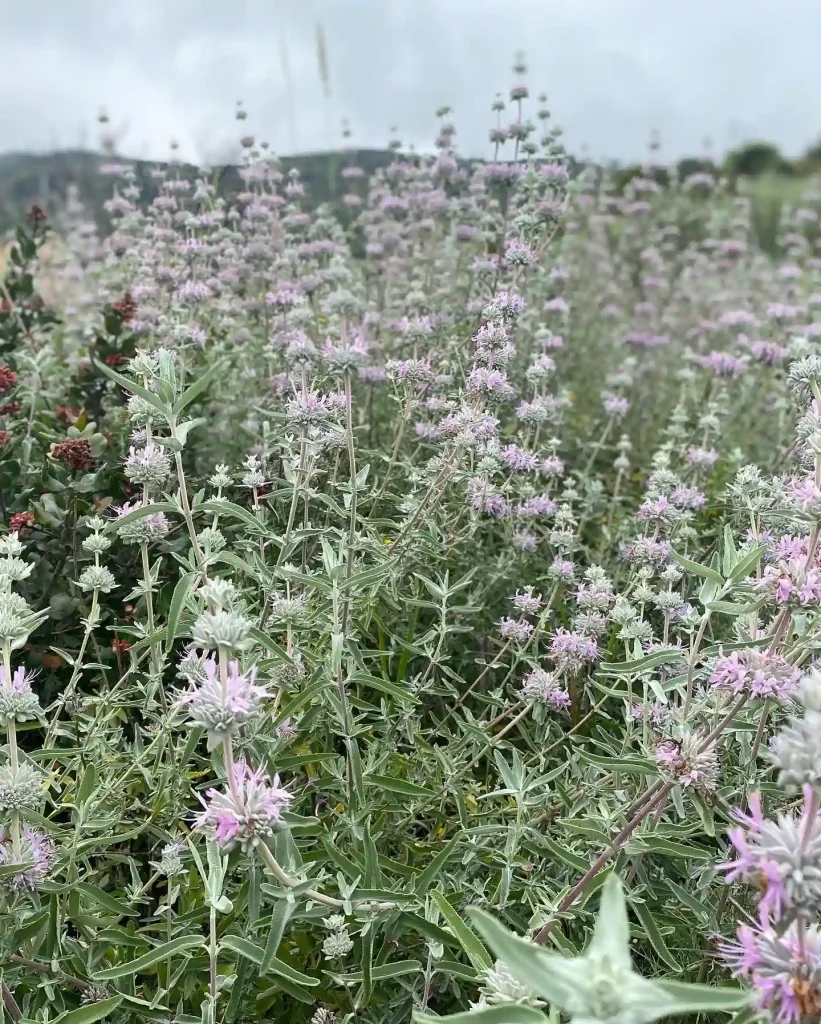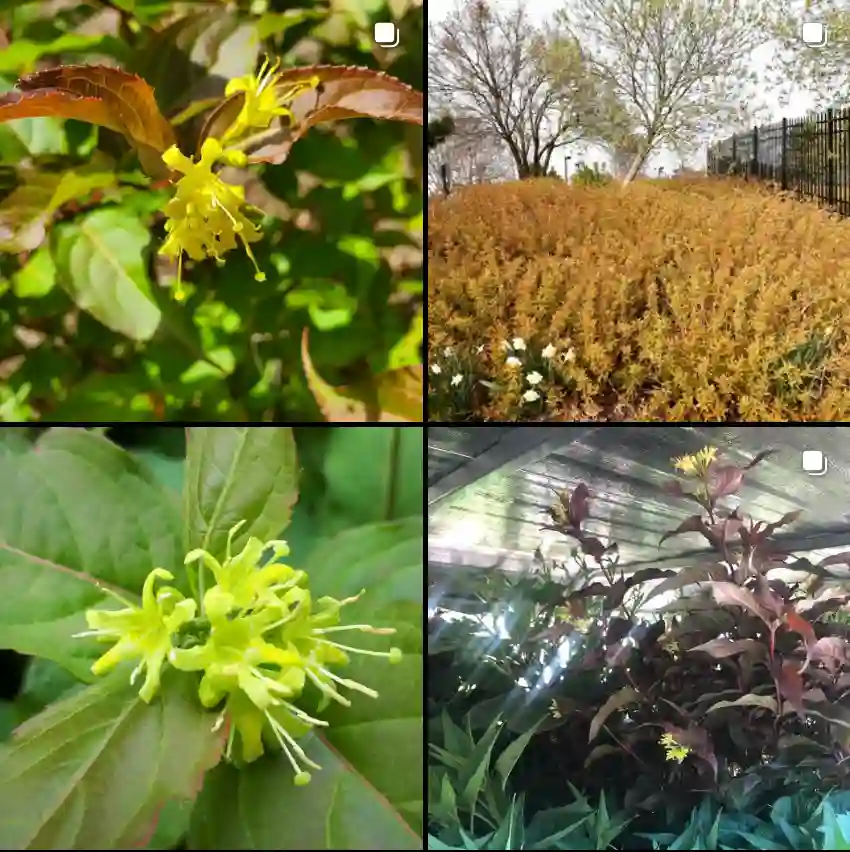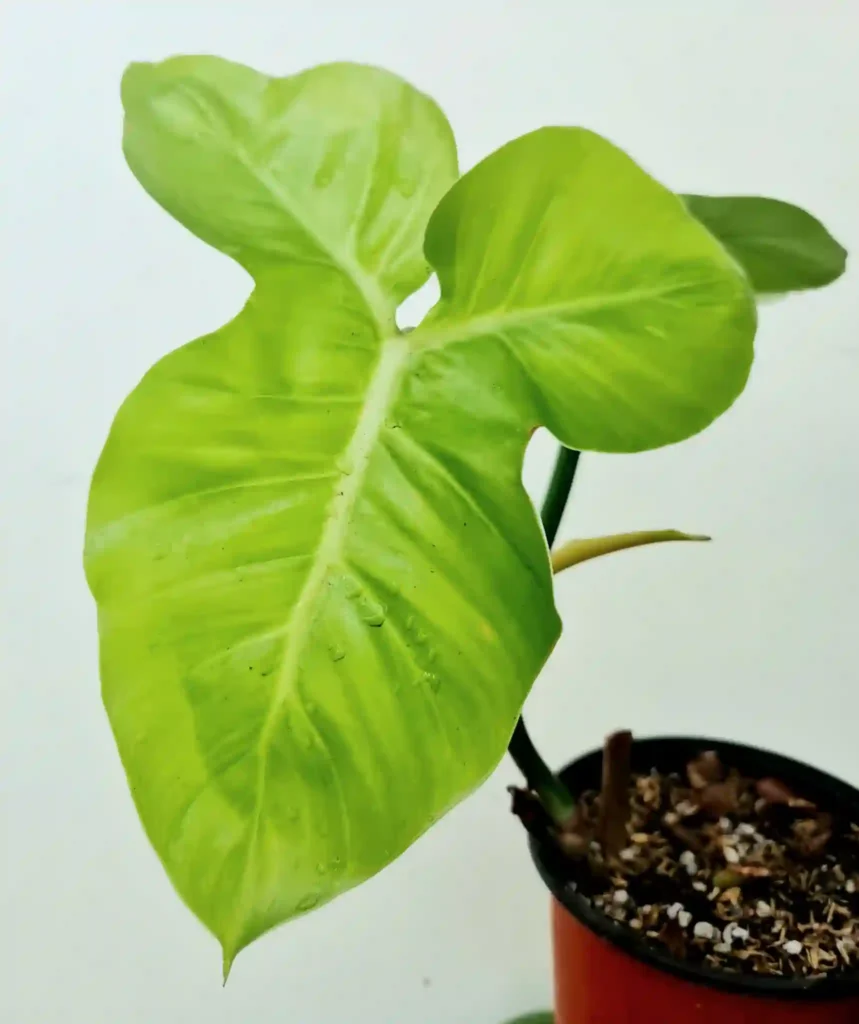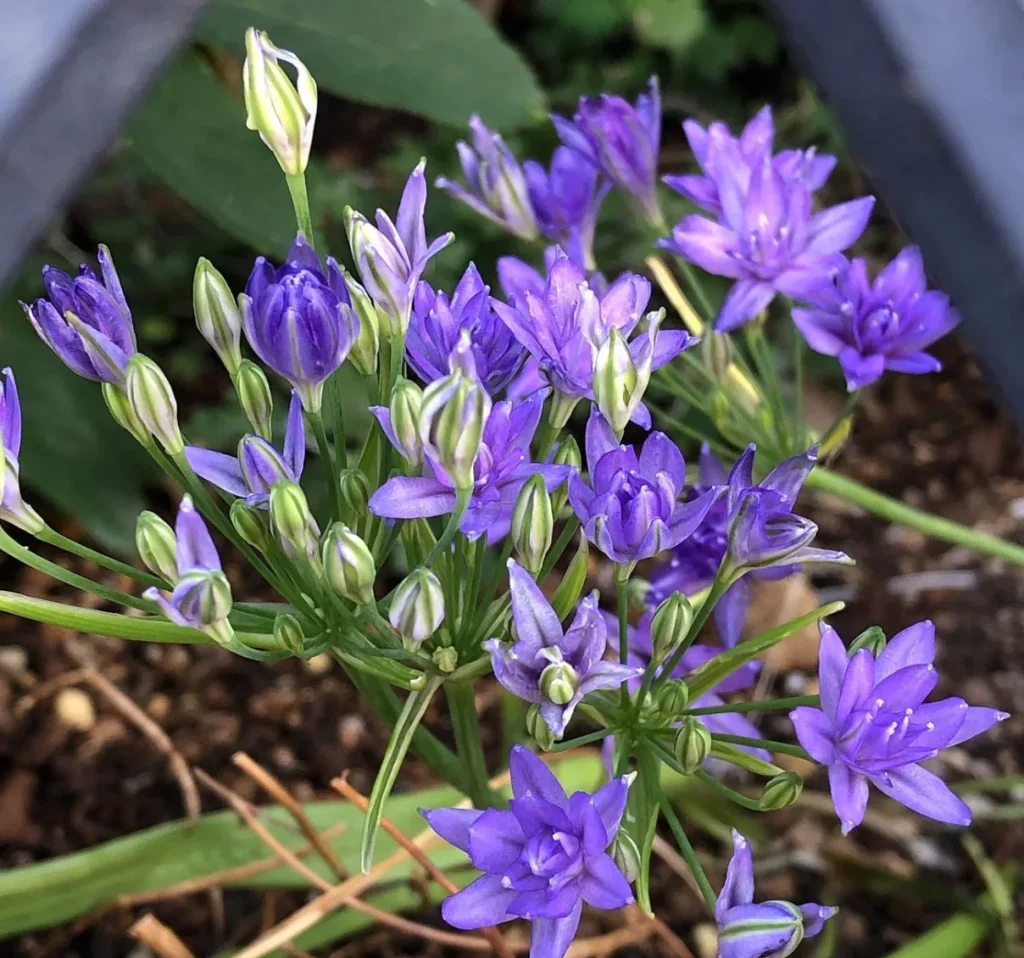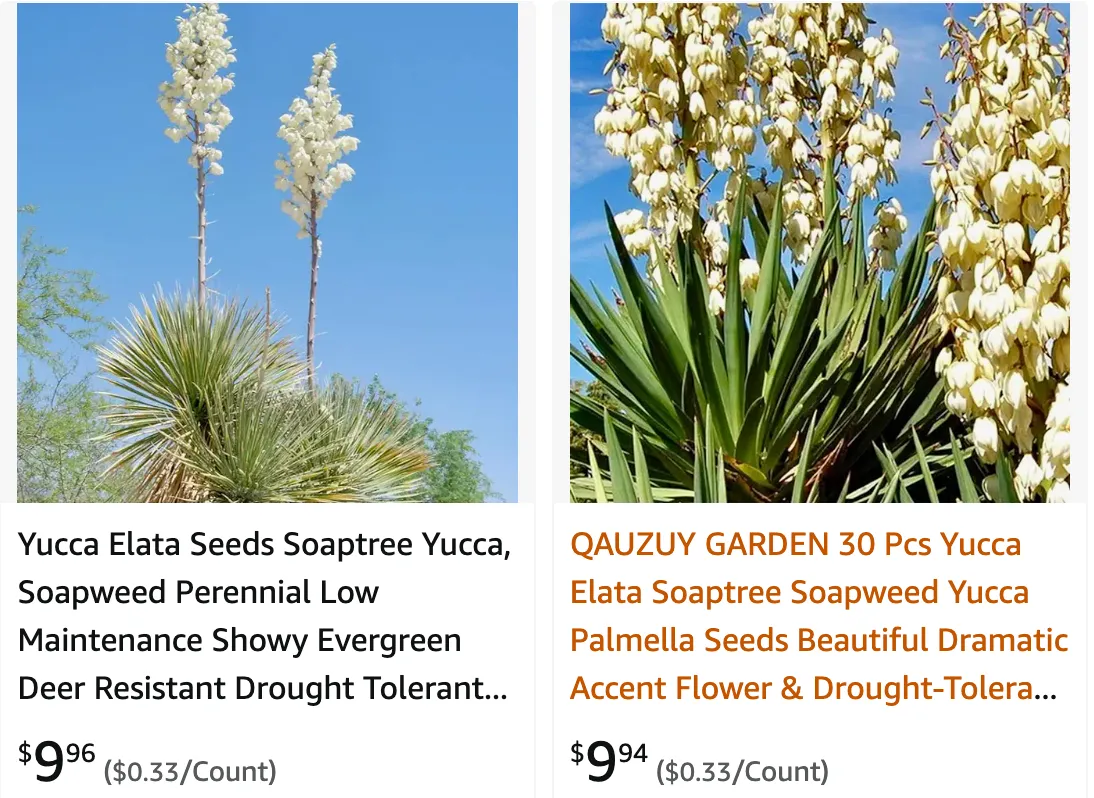
The Soaptree Yucca: A Desert Delight for Denver Gardens
The Yucca elata, also known as the Soaptree Yucca or Soapweed, has captivated me with its architectural form and resilience. This desert native boasts a sculptural presence, adding a touch of the Southwest to any landscape. But can this sun-worshipping survivor thrive in the high plains of Denver? The answer is a resounding yes, with a few considerations.
Having recently gotten my hands on a Yucca elata, I’ve delved into the world of this fascinating plant. In this article, I’ll share my learnings, from germination to propagation, to help you cultivate your own piece of the desert in Denver.
54 Species in Genus Yucca
Yucca Elata vs Glauca
I’ve grown Yucca Elata and Yucca Glauca side by side, and the differences are striking. Yucca Elata has this impressive, tall, spiky silhouette that really stands out in my garden. It’s also pretty forgiving about the amount of sun it gets, which is a plus. On the other hand, Yucca Glauca is more compact and bushier, with its bluish-gray leaves adding a unique touch. It’s a bit more delicate, requiring a little more care and sun exposure to thrive. Both have their charms, but if you’re looking for a bold statement, Elata is the way to go.
Yucca Elata vs Joshua
Comparing Yucca Elata with Yucca Joshua, I’ve found Joshua to be a bit more of a show-off. It has a more pronounced and dramatic growth habit, with larger, more rigid leaves that form a striking rosette. Yucca Elata is more understated in comparison, with a more refined, elegant appearance. Joshua’s dramatic presence makes it the focal point of any garden bed, while Elata is a bit more versatile and blends well with other plants. If I want something that really grabs attention, I’d go with Joshua.
How Big Does Yucca elata Get in Denver?
Denver’s climate is significantly cooler and wetter than the Yucca elata’s natural desert habitat. This can impact its ultimate size. While these yuccas can reach a majestic 20 feet tall in their native environment, Denver gardeners can expect a more modest growth of around 6-10 feet. But don’t be discouraged! Even at a smaller stature, the Yucca elata packs a powerful visual punch.
How to Care for Yucca elata in Denver?
Here’s the good news: caring for a Yucca elata in Denver is relatively simple. Remember, it thrives on neglect – a stark contrast to many high-maintenance plants. Here’s what it needs to flourish:
- Sunshine: This desert dweller craves full sun, at least 6-8 hours a day.
- Soil: Mimic its native habitat with well-draining soil. Amend your existing soil with sand or gravel to ensure proper drainage.
- Watering: Once established, your Yucca elata is incredibly drought tolerant. Deep watering every few weeks during the summer months is sufficient. In the winter, water sparingly, if at all.
- Winter Protection: While Yucca elata is cold hardy down to 0°F, Denver’s occasional dips below zero can stress the plant. To be safe, provide some winter protection, especially for young plants. You can mulch around the base with straw or leaves.
How to Germinate Yucca elata from Seed?
Propagating your Yucca elata from seed is a rewarding experience, but it requires patience. Here’s a basic guide:
- Seed Collection: Collect mature seed pods in the fall when they turn brown and dry.
- Seed Preparation: Soak the seeds for 24 hours in warm water to encourage germination.
- Planting: Fill a pot with a well-draining cactus mix. Plant the seeds shallowly, barely covering them with soil.
- Moisture and Warmth: Keep the soil consistently moist but not soggy. Place the pot in a warm location with good sunlight.
- Germination Time: Germination can take anywhere from a few weeks to several months. Be patient!
How to Propagate Yucca elata?
If you’d like to propagate your Yucca elata faster, you can take advantage of its natural tendency to form offsets (pups) around the base. Here’s how:
- Identify Offsets: Look for healthy offsets with a good root system.
- Carefully Remove Offsets: Using a sharp knife or shovel, carefully sever the offset from the mother plant.
- Planting: Plant the offset in a pot with well-draining soil. Water deeply and keep it in a partially shaded location for a few weeks until it establishes roots.
- Gradual Acclimatization: Once established, gradually introduce the offset to more sunlight to prepare it for its permanent location in the garden.
Is Yucca elata Native to Arizona?
Absolutely! The Yucca elata thrives in the hot, dry deserts of the southwestern United States, including Arizona, southern Nevada, southwestern Utah, and northern Mexico. It’s a quintessential Sonoran and Chihuahuan Desert plant, perfectly adapted to the harsh conditions of these regions.
What to Plant with Yucca elata?
The architectural form and blue-green foliage of the Yucca elata make it a stunning focal point in any garden. To complement its beauty, consider these companion plants:
- Cacti: Create a true desert oasis by pairing your Yucca elata with cacti like prickly pear or hedgehog cactus.
- Grasses: Ornamental grasses like feather reed grass or blue grama grass add a textural contrast and soften the overall look.
- Low-growing perennials: Colorful low-growing perennials like purple sage or blanket flower add pops of color and fill in empty spaces.
A Few Final Pointers:
- Safety First: Remember, the Yucca elata has sharp, pointed leaves. Wear gloves when handling the plant to avoid getting poked.
- Potential for Pests: While relatively pest-resistant, Yucca elata can occasionally attract agave snout weevil. Keep an eye out for signs of damage and treat accordingly if necessary.
- Enjoy the Journey: Gardening is a journey of learning and discovery. Embrace the process of caring for your Yucca elata and celebrate its growth. With a little TLC, this desert gem will bring a touch of the Southwest to your Denver garden for years to come.
Happy Planting!
By following these tips and providing the right environment, you can cultivate a thriving Yucca elata in your Denver garden. This drought-tolerant and low-maintenance beauty will reward you with its architectural form, year-round interest, and a touch of desert magic. So, get your hands dirty, embrace the challenge, and enjoy the journey of bringing a piece of the Southwest to your own backyard.
If i die, water my plants!
